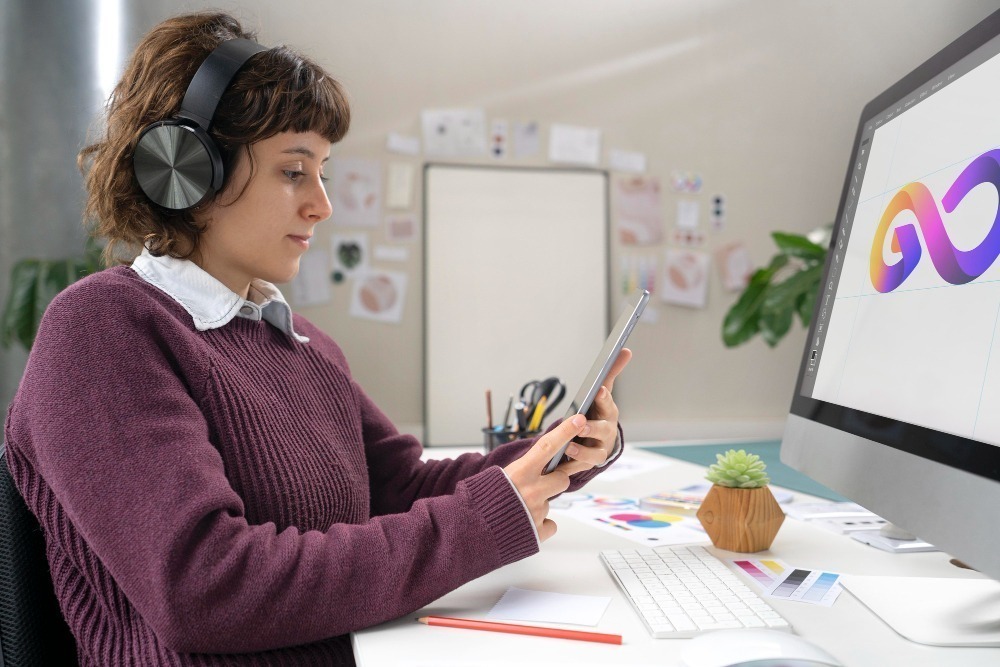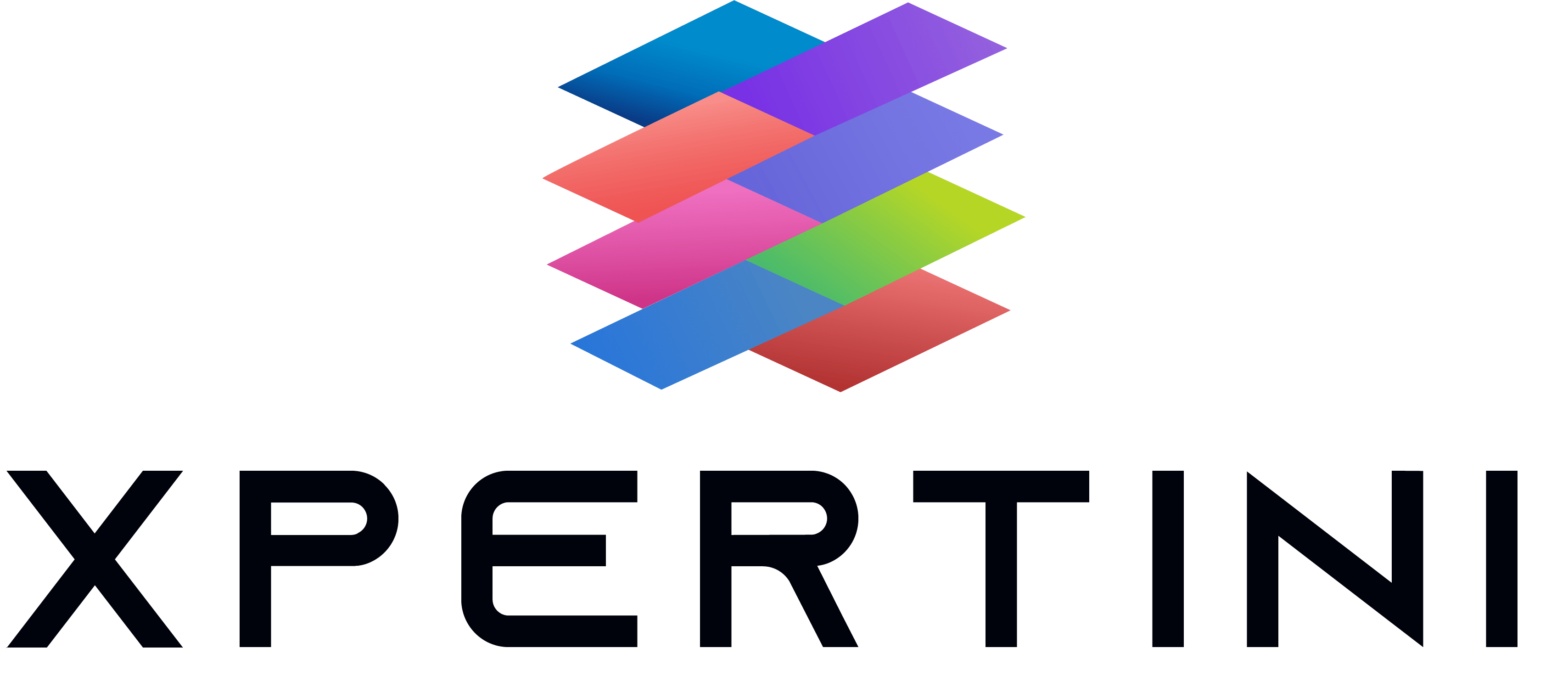In today’s rapidly evolving landscape, the pursuit of knowledge is no longer confined to dusty classrooms and rigid curricula. Continuous learning has become the new imperative, driven by the relentless pace of technological advancements, shifting skillsets, and an insatiable human thirst for growth. To captivate this dynamic breed of learner, learning design must undergo its own transformation, embracing innovative trends that ignite curiosity, fuel engagement, and empower individuals to navigate the ever-changing terrain of knowledge.

Microlearning Reigns Supreme: Bite-Sized Knowledge for Busy Minds:
Gone are the days of monolithic modules and lengthy lectures. Continuous learners crave information in accessible, digestible chunks. Microlearning, with its focused, bite-sized modules, emerges as the reigning trend. Imagine mastering a new coding technique in a five-minute video, brushing up on leadership skills through interactive infographics, or conquering complex financial concepts through gamified quizzes. These self-directed, microlearning nuggets cater to busy schedules, diverse learning styles, and the inherent need for immediate gratification in the digital age.
Personalized Journeys: Charting a Course Unique to Each Learner:
One-size-fits-all learning is a relic of the past. Continuous learners demand personalized experiences that cater to their specific goals, interests, and prior knowledge. Learning design trends now embrace adaptive learning platforms, intelligent algorithms that tailor content and pathways based on individual needs and performance. Imagine an AI-powered learning ecosystem that recommends relevant resources, adjusts difficulty levels on the fly, and provides targeted feedback to propel each learner along their unique path to mastery.
Gamification: Unlocking the Power of Playful Learning:
Games aren’t just for entertainment anymore. Learning design harnesses the power of gamification, incorporating elements of competition, points, and badges to transform knowledge acquisition into a stimulating and rewarding experience. Imagine tackling complex scientific concepts through an immersive simulation, collaborating with peers on gamified problem-solving tasks, or earning virtual rewards for mastering new skills. These playful elements tap into our intrinsic motivation, making continuous learning not just an obligation, but a source of genuine enjoyment.
Embracing Emerging Technologies: AR/VR and Beyond:
Learning design isn’t immune to the seductive allure of cutting-edge technology. Augmented reality (AR) and virtual reality (VR) are rapidly disrupting traditional methods, creating immersive learning environments that blur the lines between the virtual and the real. Imagine dissecting a virtual frog in a biology class, exploring historical landmarks through an AR-powered city tour, or practicing public speaking in a simulated conference room. These immersive experiences transcend passive knowledge consumption, allowing continuous learners to actively engage with their learning material and deepen their understanding.
Collaborative Learning: The Strength of the Collective Mind:
The power of community cannot be underestimated in continuous learning. Learning design trends now prioritize collaborative learning experiences, fostering interaction and peer-to-peer knowledge sharing. Imagine brainstorming solutions to real-world challenges in online forums, co-creating content with fellow learners, or participating in live, interactive webinars hosted by industry experts. These collaborative platforms leverage the collective wisdom and diverse perspectives of the community, transforming continuous learning into a vibrant ecosystem of shared growth and mutual support.
Mobile-First Approach: Knowledge at Your Fingertips:
In a world dominated by smartphones and tablets, learning design prioritizes mobile accessibility. Imagine accessing bite-sized learning modules on your commute, honing your skills during lunch breaks, or participating in micro-assessments while waiting in line. This mobile-first approach caters to the dynamic lifestyles of continuous learners, ensuring that knowledge is always within reach, regardless of time or location.
Content Curation is King: Navigating the Information Flood:
With the internet overflowing with information, continuous learners face a daunting task: navigating the sea of content to find what they truly need. Learning design trends now emphasize expert curation, selecting and organizing high-quality resources into easily digestible pathways. Imagine accessing curated playlists of relevant articles, videos, and podcasts on a specific topic, receiving personalized recommendations based on your learning goals, or exploring thematic learning journeys designed by subject-matter experts. This curation transforms the overwhelming ocean of information into a navigable map, empowering continuous learners to efficiently chart their course to knowledge.
Data-Driven Decisions: Optimizing Learning for Real Impact:
Learning design is no longer an art form; it’s a science driven by data. Advanced analytics tools allow us to track learner progress, identify knowledge gaps, and measure the effectiveness of different learning strategies. Imagine tailoring content based on real-time feedback, personalizing interventions for struggling learners, and continuously optimizing learning pathways to maximize engagement and knowledge retention. By leveraging data, learning design shifts from a static process to a dynamic, adaptable system that evolves
Additional Resources:
- Professional Development: Investing in Yourself for Lifelong Success
- The Power of Knowledge: Why Continuous Education Matters in the 21st Century
- Why Accreditation Matters: Choosing an Accredited Online Learning Platform
- Empower Your Education: 8 Dynamic Learning Design Trends for a Positive Future
- The Art of Negotiation Skills in Career Advancement
- Unlocking Success: 10 Vital Reasons Cultural Competence is Essential for Global Careers
- 10 Dynamic Strategies: Mastering the Art of Networking for Introverts with Confidence
- 10 Dynamic Remote Career Developments
- Crafting a Career Transformational Portfolio: 7 Positive Steps to Success
- Overcoming Imposter Syndrome in Professional Growth
Table of Contents
Categories:
Latest Posts:
- Understanding Galactic Astronomy /*! elementor - [...]
- Understanding Computer Architecture /*! elementor - [...]
- Understanding Cognitive Psychology /*! elementor - [...]
FAQs
What are learning design trends?
Learning design trends refer to the innovative approaches, methodologies, and technologies shaping the landscape of education and learning experiences.
Why is it important to stay updated on learning design trends?
Staying updated on learning design trends helps educators and learners adapt to evolving needs, engage effectively, and enhance learning outcomes.
What is the significance of dynamic learning design in education?
Dynamic learning design promotes flexibility, interactivity, and personalized learning experiences tailored to individual needs and preferences.
Name one trend in learning design focused on personalized learning.
Adaptive learning platforms that adjust content and pace based on individual learner’s progress and preferences.
How can gamification enhance learning experiences?
Gamification integrates game elements, such as rewards, challenges, and competition, into learning activities to increase engagement and motivation.
What role does augmented reality (AR) play in learning design trends?
AR technologies overlay digital content onto the real world, providing immersive and interactive learning experiences that enhance understanding and retention.
How does microlearning contribute to effective learning design?
Microlearning breaks down content into bite-sized modules, making it easier to digest, retain, and apply knowledge in practical contexts.
What is the significance of social learning in contemporary learning design?
Social learning emphasizes collaboration, peer interaction, and knowledge sharing, fostering a supportive learning community and deeper engagement.
